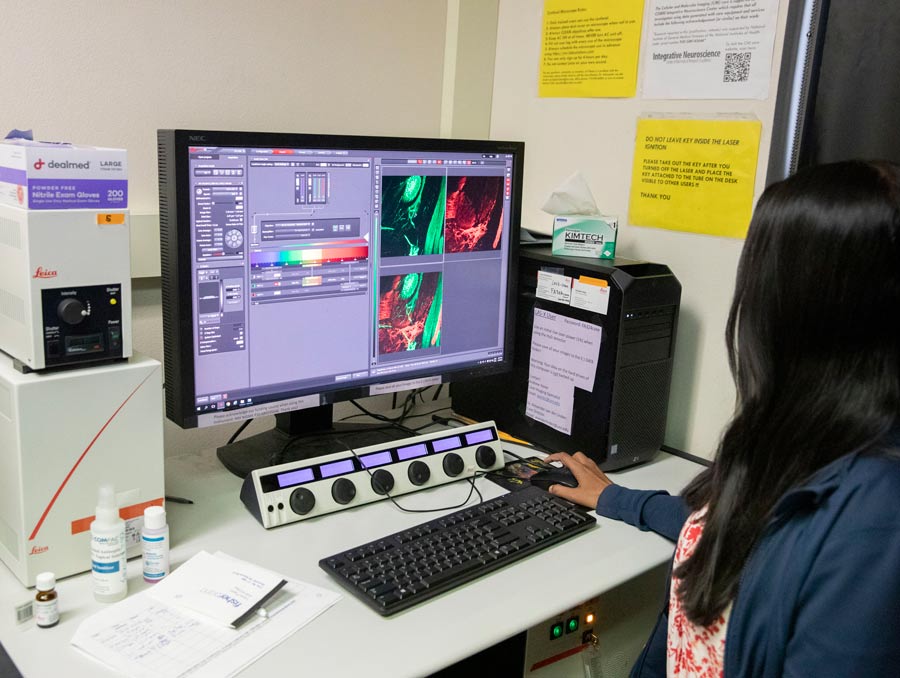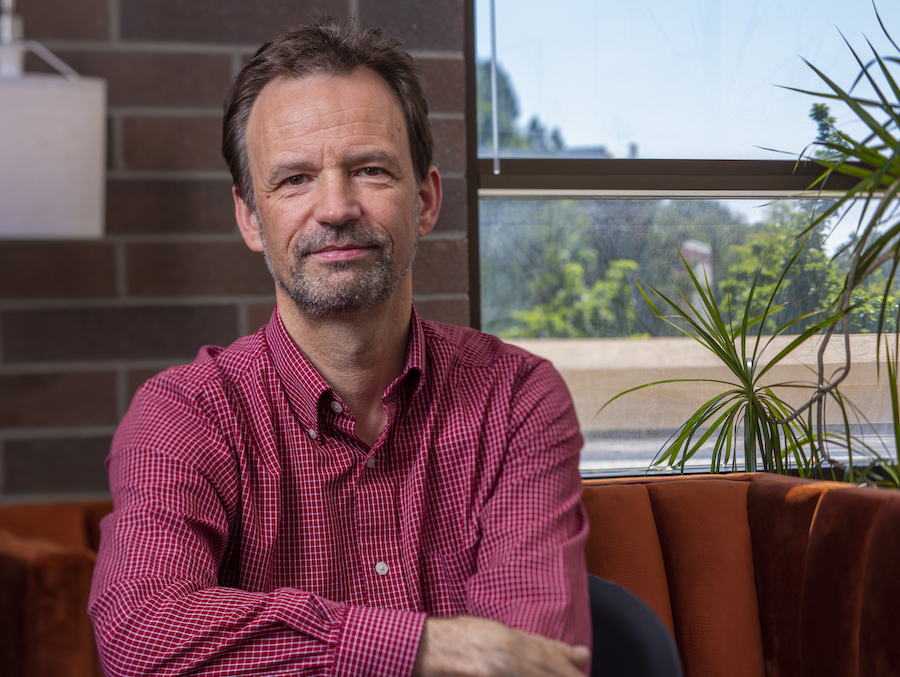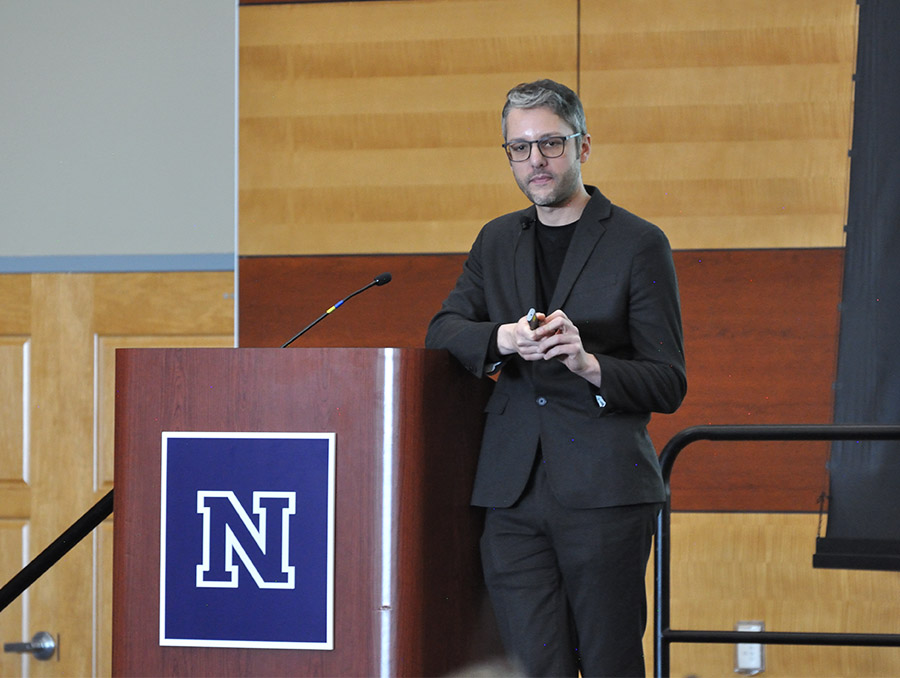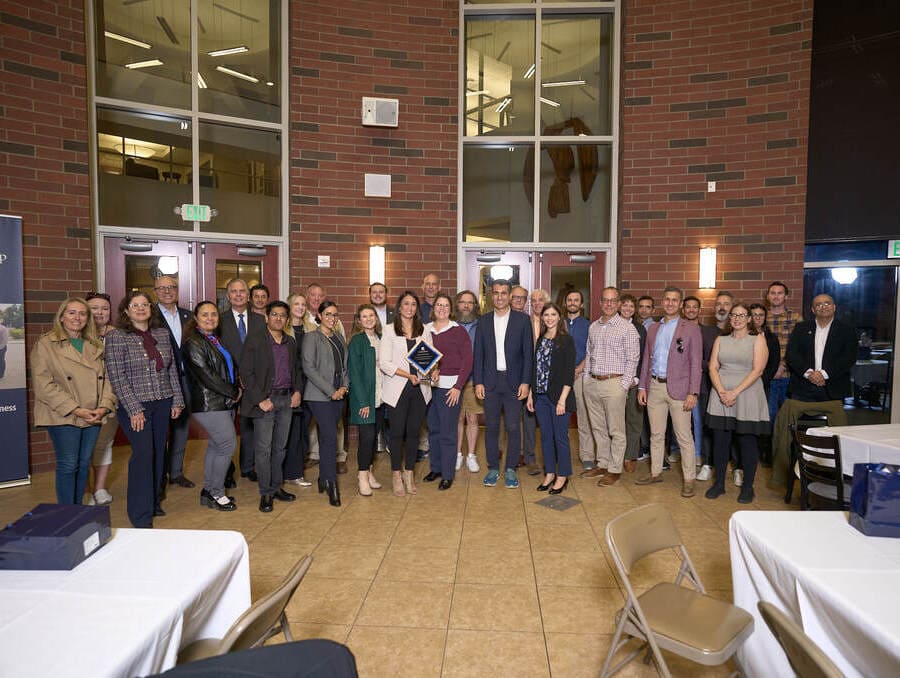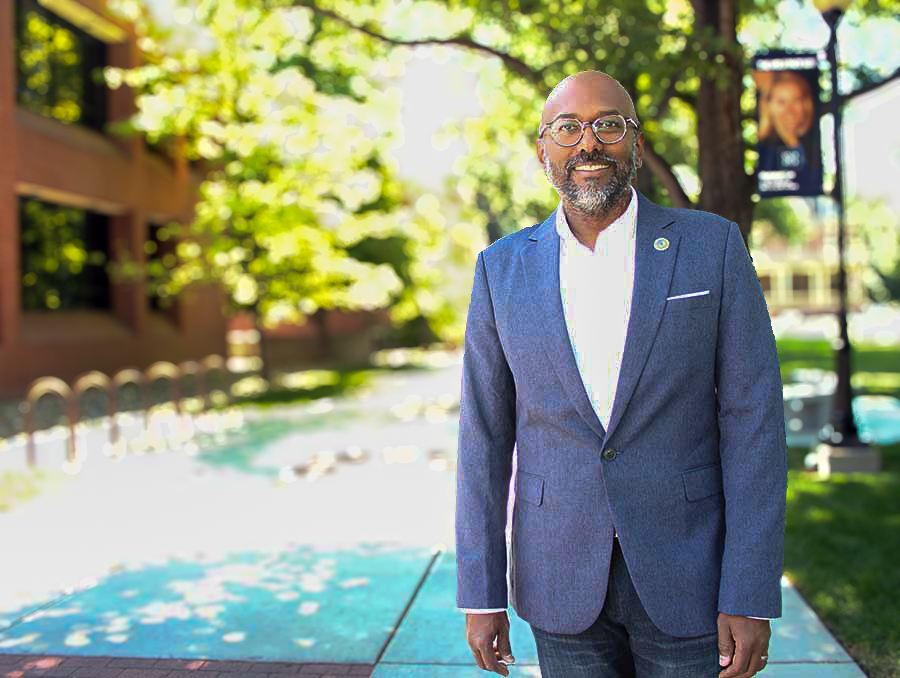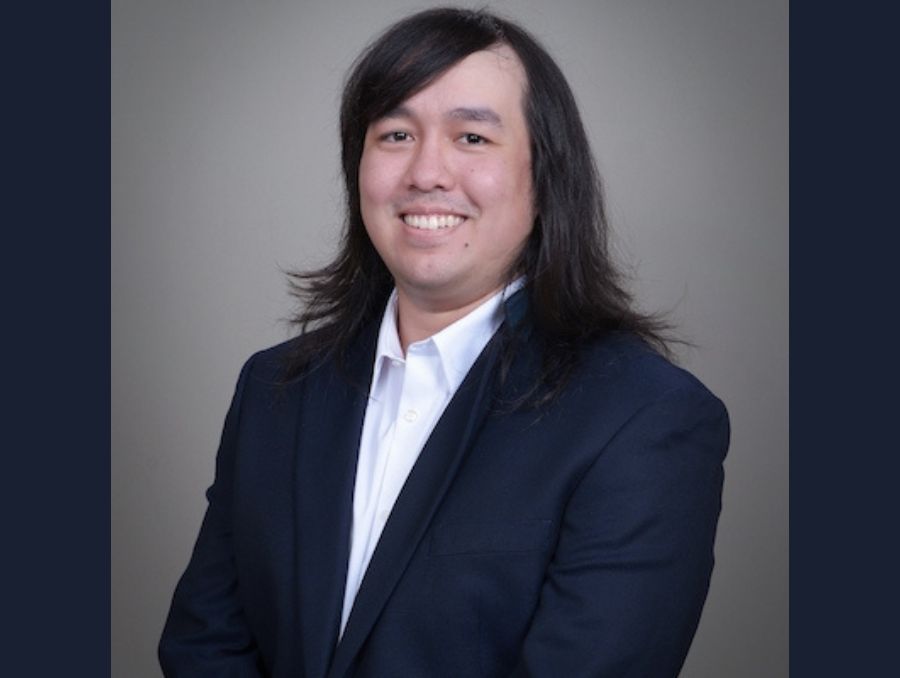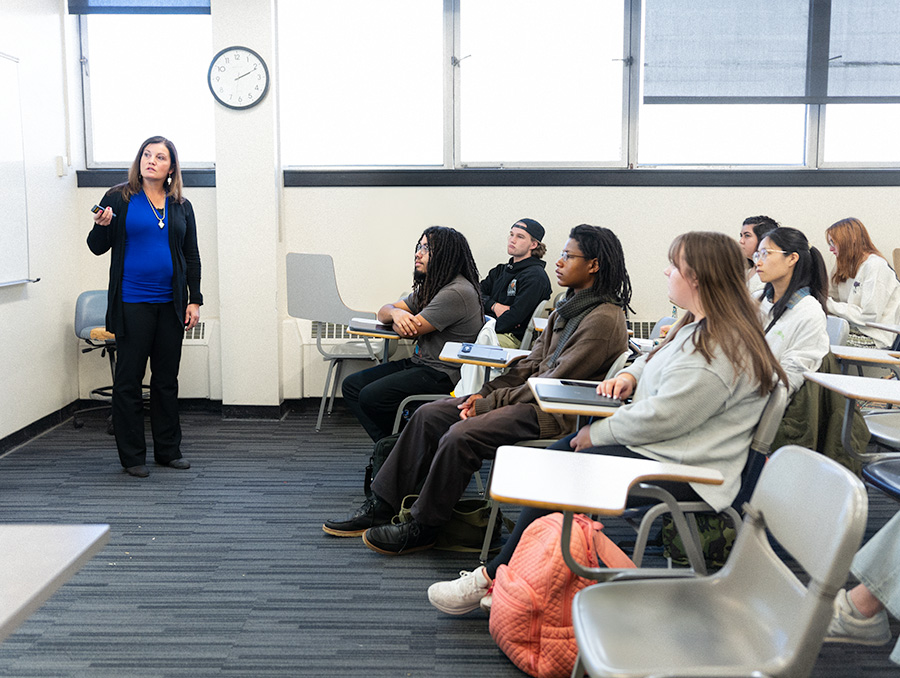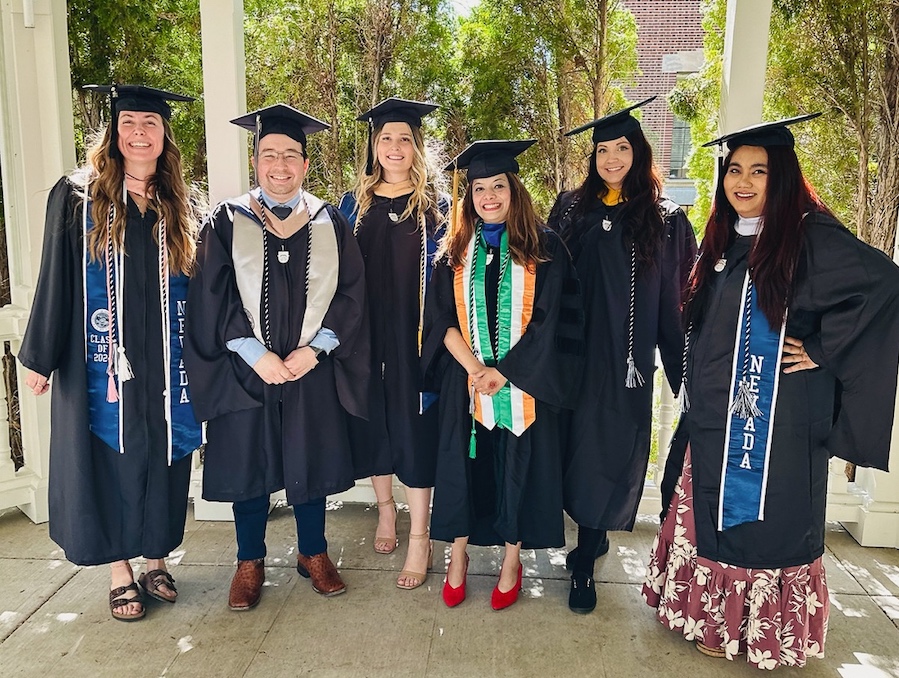To be a part of the forward momentum he sees as in Reno, newly hired Chief Information Officer and Vice Provost for Information Technology, Steve Smith, came from the humid beaches of Hawaii to the deserts of Nevada to begin his position at the University of Nevada, Reno.
"I think northern Nevada is on an upward curve of tremendous growth and opportunity in many directions," Smith said. "The University of Nevada, Reno is a focal point for that growth."
Smith, who officially began work Nov. 9 has been the CIO for the University of Alaska, Fairbanks, as well as for the University of Alaska System. His most recent position was associate vice president and deputy chief information officer for the University of Hawaii System. Smith has accrued more than 30 years of experience in information technology and has a bachelor's degree in broadcasting/film from the University of Iowa, as well as a master's degree in communications, with an emphasis in telecommunications from the University of Hawaii at Mānoa.
"Due to his wealth of knowledge and experience, I believe Steve Smith will help fulfill our mission of student success and engagement, while also contributing to our reputation as a world-class research university," Kevin Carman, executive vice president and provost for the University of Nevada, Reno, said.
Smith plans to use his experience to enable students, faculty and staff to create new, unique solutions with the available tools of technology.
"I would like to expand partnerships and collaborations both within and outside the University as well as expand the support for research through things like high performance computing, enriching the educational opportunities for both undergrad and grad students," Smith said. "Information technology is a great connector across disciplines and different communities of interest."
Jeff Springer, chief information security officer for the University believes that in order to advance the University's goal of reaching the classification of "Research University/Very High" ("RU/VH") by the Carnegie Foundation for the Advancement of Teaching, it is necessary that the leadership in information technology is able to dedicate a large amount of time working alongside campus leadership. IT leaders need to engage with other higher education institutions and related organizations on a national level.
"I believe Steve will be able to continue our evolution into an IT organization that can offer not only traditional resources but also services that enable our customers to take advantage of technologies regardless of whether they are on or off premise," Springer said. "In addition, I think Steve will be able to build a strong research computing infrastructure and community to support current and future HPC (high performance computing) and big data needs."
According to Smith, information technology is continually connected to every aspect of a university and that technology is constantly growing and evolving. He believes that the CIO is responsible for an infrastructure that is dependable, secure and accessible for everyone, while implementing the best technologies available and remaining focused on furthering the strategic efforts of the University.
"The CIO needs to be at the leadership table helping plan the future while simultaneously making sure the everyday technology is acting not as a barrier but as a bridge for anyone using it," Smith said. "Not everything IT-related needs to be managed by the CIO but the CIO needs to make sure all the IT needs of the University community are being met."
Smith is joined by his wife, Lacy, and his son, Sean.
"I think the area is a great place to raise a family," Smith said. "We have a 19-month-old as anxious as I am to explore, learn and become a part of the community."
